Are you considering becoming a bonsai tree grower? If you are an absolute beginner, it is crucial you do some research to know what type of plant is best to purchase and how you need to care for it. But there are some general care tips you need to be aware of. So, check out the following basic guide to bonsai care for beginners.
Know Your Species
Bonsai is a Japanese version of the original traditional Chinese art of penjing or penzai. Just like the game Mahjong originated in China but became more popular in Japan before spreading to the rest of the world, bonsai soon became more popular than penjing or penzai. Today, you can even play オンライン麻雀 (online Mahjong) slot once you have taken care of your first bonsai tree. Whether you receive your bonsai tree as a gift or purchase it yourself, the first thing you need to know is its species. Once you have that piece of information, you should find a care guide for your specific species of tree. For instance, you could have a Chinese Elm, a Green Mound Juniper, or a Japanese Maple. All of those grow outdoors and are ideal choices for bonsai beginners. While each species requires its own specific care, there are several basic dos and don’ts for all bonsai trees that can help to keep your tree alive and well.
Grow Your Bonsai Tree Outdoors
While there are some species that can tolerate indoor cultivation, the vast majority of bonsai trees need to be outside when you first start growing them. If you try to grow your tree indoors, it is quite likely it will simply die. You should only move onto indoor bonsai cultivation after you have successfully grown outdoor plants and studied bonsai trees for a few years.
Leave Your Bonsai Tree Out in the Winter Cold
Unless you have a tropical bonsai tree, which is not recommended for beginners, your plant needs to be left outside in the cold during the winter. Whether your tree is coniferous or deciduous, it will need to rest in the winter. If you do decide to bring your plant indoors for the winter, it is likely you will end up killing it. However, most bonsai trees do need protection from sub-degree temperatures beyond -6 Celsius, which is about 20 degrees Fahrenheit. To know precisely what temperature to be wary of during the wintertime, get a care guide for your specific bonsai tree.
Do Not Overwater Your Bonsai Tree
The one thing that kills off bonsai trees more than anything else is overwatering. It is a common mistake made by beginners. The key is making sure the soil dries out in between the watering. Ideally, let the soil get dry about halfway into the depth of the pot before you water the plant again. But when it is watering time, water the bonsai tree thoroughly so that the soil is soaked.
Feed in the Growing Season Only
Your giant sequoia bonsai tree will need fertilizer in order to stay healthy. However, you should only feed your plant during the growing season; never in late fall and winter. There are lots of different types of fertilizer routines you could follow, but all involve feeding from spring to early fall. Typically, a good routine consists of feeding your plant once a month during the warm season. Also, be aware that, like overwatering, if you overfeed your tree, it could result in ending up with a dead bonsai. But as long as you know how to care for your specific species, there is no reason why you cannot master the art of bonsai over the coming years.

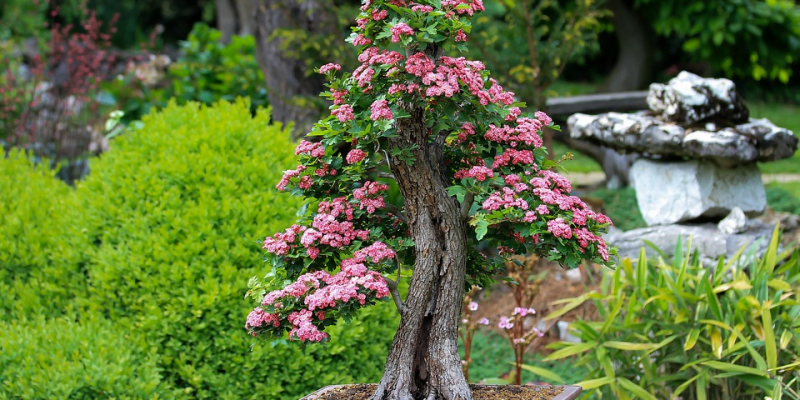
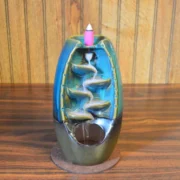
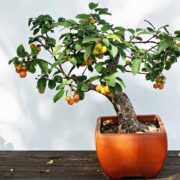
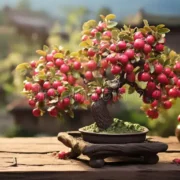
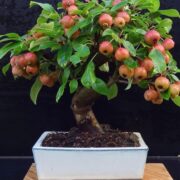
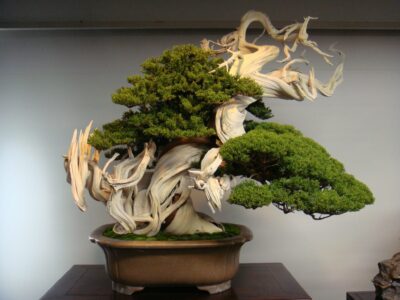
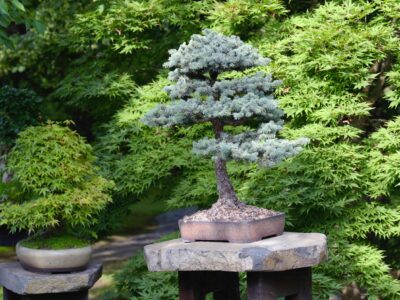
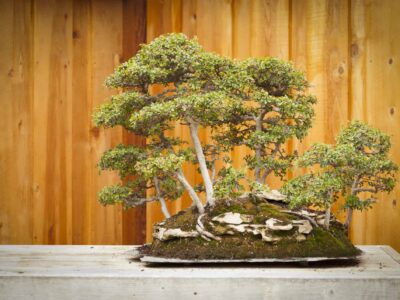
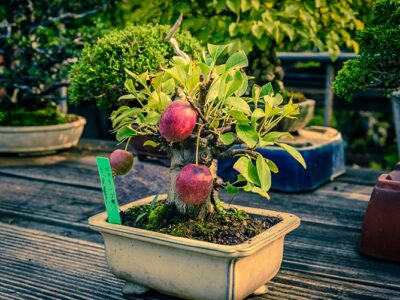
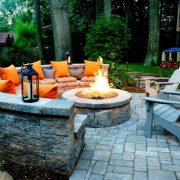

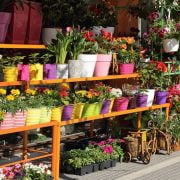

Comments